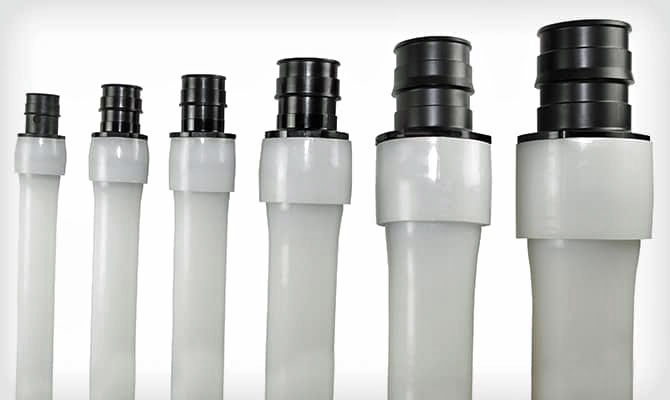Nam 69
New Member
i am the new guy, I have a question about PEX. Can 3/4 be used for the house fixtures. I did not buy a manifold yet. I see most are 3/4 supply and then 1/2 for the fixtures. My well water is very hard and my copper pipes are always springing a leak.
I am electrician by craft, so I know very little about plumbing. I did read my monthly handyman magazine and they say to run 3/4 to all the fixtures. I am thinking most fixtures have 1/2 connections, so I am confused about this part. I did have one plumber run a 1/2 line of PEX to my basement sink and the pressure is terrible. I mentioned this to my guy and he said half inch will be fine as he would run a 3/4 in. Supply line to the manifold. Will this work or is he just telling me a line here. I am going with a new plumber and I would like to have a little correct info to tell him what I want. Right now my well pump is set for 60 pounds and it goes to a device that kills the bacteria in my water. It has a blue light of some sort and it does work as I have my water tested and it is ok now. That fixture does have 3/4 lines in and out. From there to the manifold will be around 35 foot of pipe. Reason is I am trying to place the manifold in the center of the distributaries . I think I may have a plumber coming next week. I have been using 5/8 radiator hose with clamps to repair the holes in the copper pipe after I cut the bad piece out. I am no good at plumbing so this works in a emergency. If someone can advise I would appreciate all feedback. Thank You, Pete
I am electrician by craft, so I know very little about plumbing. I did read my monthly handyman magazine and they say to run 3/4 to all the fixtures. I am thinking most fixtures have 1/2 connections, so I am confused about this part. I did have one plumber run a 1/2 line of PEX to my basement sink and the pressure is terrible. I mentioned this to my guy and he said half inch will be fine as he would run a 3/4 in. Supply line to the manifold. Will this work or is he just telling me a line here. I am going with a new plumber and I would like to have a little correct info to tell him what I want. Right now my well pump is set for 60 pounds and it goes to a device that kills the bacteria in my water. It has a blue light of some sort and it does work as I have my water tested and it is ok now. That fixture does have 3/4 lines in and out. From there to the manifold will be around 35 foot of pipe. Reason is I am trying to place the manifold in the center of the distributaries . I think I may have a plumber coming next week. I have been using 5/8 radiator hose with clamps to repair the holes in the copper pipe after I cut the bad piece out. I am no good at plumbing so this works in a emergency. If someone can advise I would appreciate all feedback. Thank You, Pete

